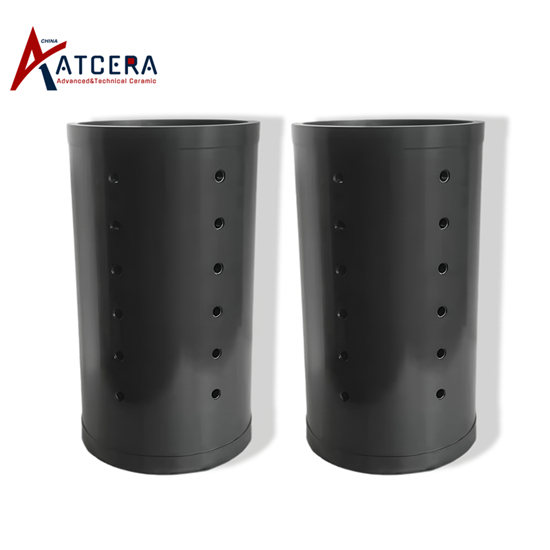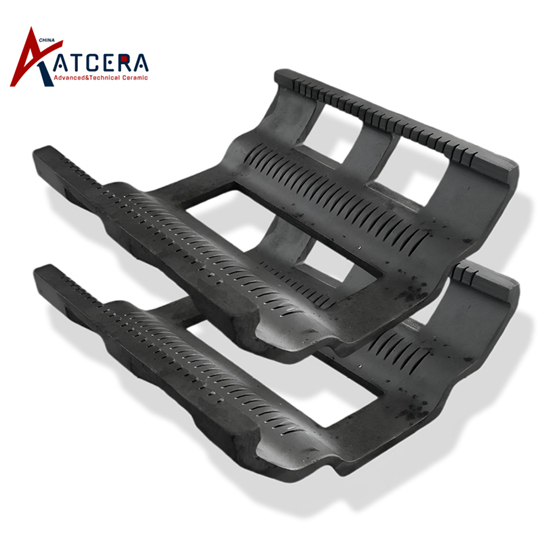In the rapidly evolving world of advanced technology and industrial applications, the demand for materials that offer unparalleled performance under extreme conditions has become paramount. Among these, silicon carbide mechanical parts have emerged as a frontrunner, owing to their exceptional properties and vast array of potential applications. This article explores the characteristics, applications, selection criteria, manufacturing process, and success stories of silicon carbide mechanical parts, highlighting their value and importance in various industries.
Characteristics of Silicon Carbide Mechanical Parts
Silicon carbide, a ceramic material comprising silicon and carbon, is renowned for its unique blend of physical properties. It exhibits exceptional hardness, wear resistance, thermal stability, and chemical inertness, making it an ideal material for high-performance mechanical parts. Moreover, its ability to maintain stability under extreme temperatures and pressures sets it apart from traditional ceramic materials.
Application Fields of Silicon Carbide Mechanical Parts
The versatility of silicon carbide mechanical parts is evident in their diverse range of applications. In the mechanical engineering industry, they are used to fabricate components such as pistons, plungers, shafts, and cylinder liners, owing to their high hardness and wear resistance. In the photovoltaic and semiconductor production sector, silicon carbide's corrosion and high-temperature resistance makes it ideal for fabricating wafer carriers, vacuum chucks, and other critical tools. Additionally, its thermal stability and oxidation resistance are key factors in its application in high-temperature refractory and thermal power generation industries. Finally, silicon carbide's precision and durability are essential in the development of experimental and measurement devices.

How to Select the Right Silicon Carbide Mechanical Part for Your Project
Choosing the right silicon carbide mechanical part for a specific project requires a thorough understanding of the material's properties and the specific requirements of the application. Factors such as operating temperature, pressure, chemical environment, and mechanical loads must be considered. Additionally, the availability of customized solutions and the expertise of the manufacturer in fabricating silicon carbide parts are crucial in ensuring the success of the project.
Manufacturing Process of Silicon Carbide Mechanical Parts
The manufacturing process of silicon carbide mechanical parts involves the use of high-purity, ultra-fine inorganic compound powders and precision manufacturing techniques. This includes powder mixing, forming, sintering, and post-processing steps such as grinding and polishing. The resulting parts are characterized by their high density, uniform microstructure, and exceptional physical properties.
Case Studies and Success Stories of Using Silicon Carbide Mechanical Parts
Numerous case studies and success stories demonstrate the value of silicon carbide mechanical parts in various industries. For instance, in the semiconductor industry, the use of silicon carbide wafer carriers has significantly improved production efficiency and reduced wafer damage. In the high-temperature refractory sector, silicon carbide heaters and heating elements have enabled the development of more efficient and reliable industrial furnaces. These success stories are just a few examples of how silicon carbide mechanical parts have transformed the performance and capabilities of modern industries.

Conclusion
Silicon carbide mechanical parts represent a significant advancement in material science and industrial applications. Their unique blend of physical properties, vast array of potential applications, and precision manufacturing techniques make them an invaluable asset in various industries. As we continue to explore the boundaries of technological advancement, silicon carbide mechanical parts will undoubtedly play a crucial role in shaping the future of industry.


























